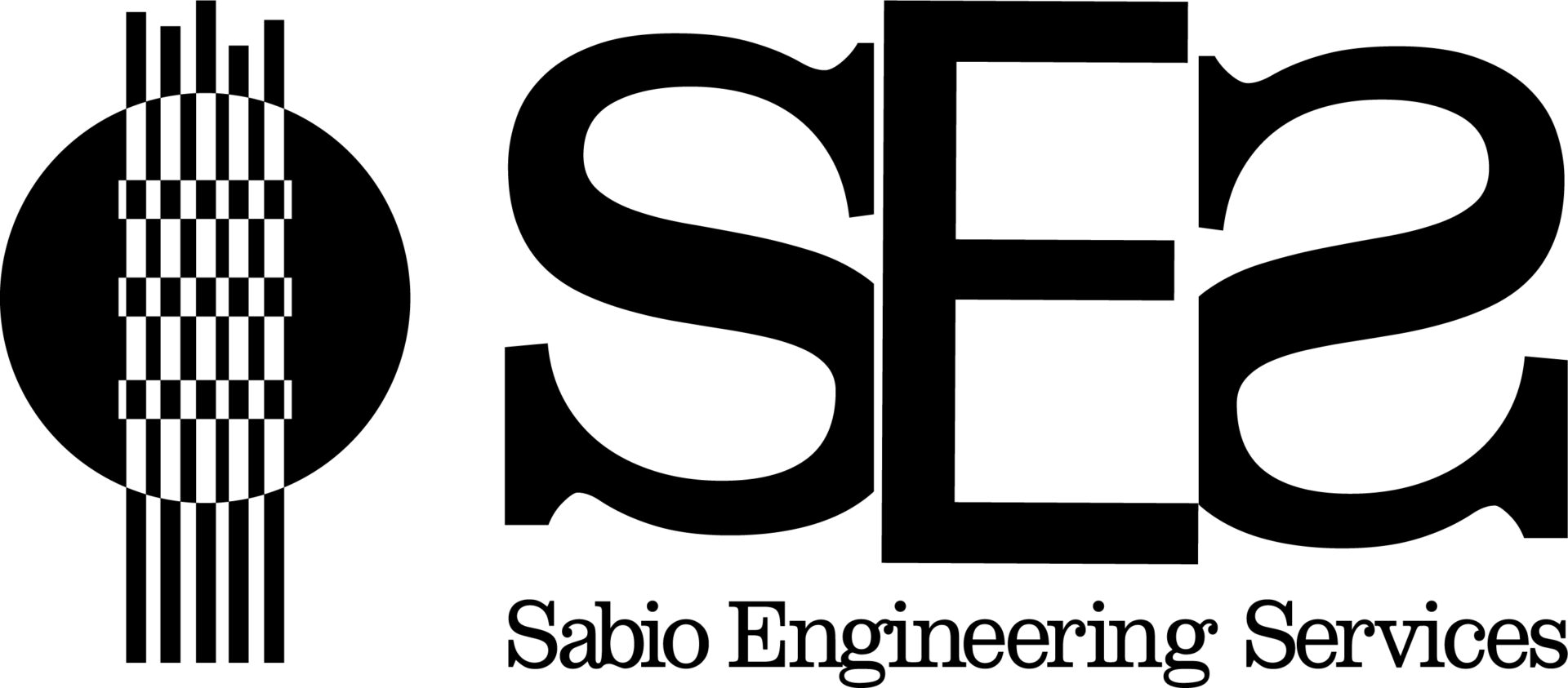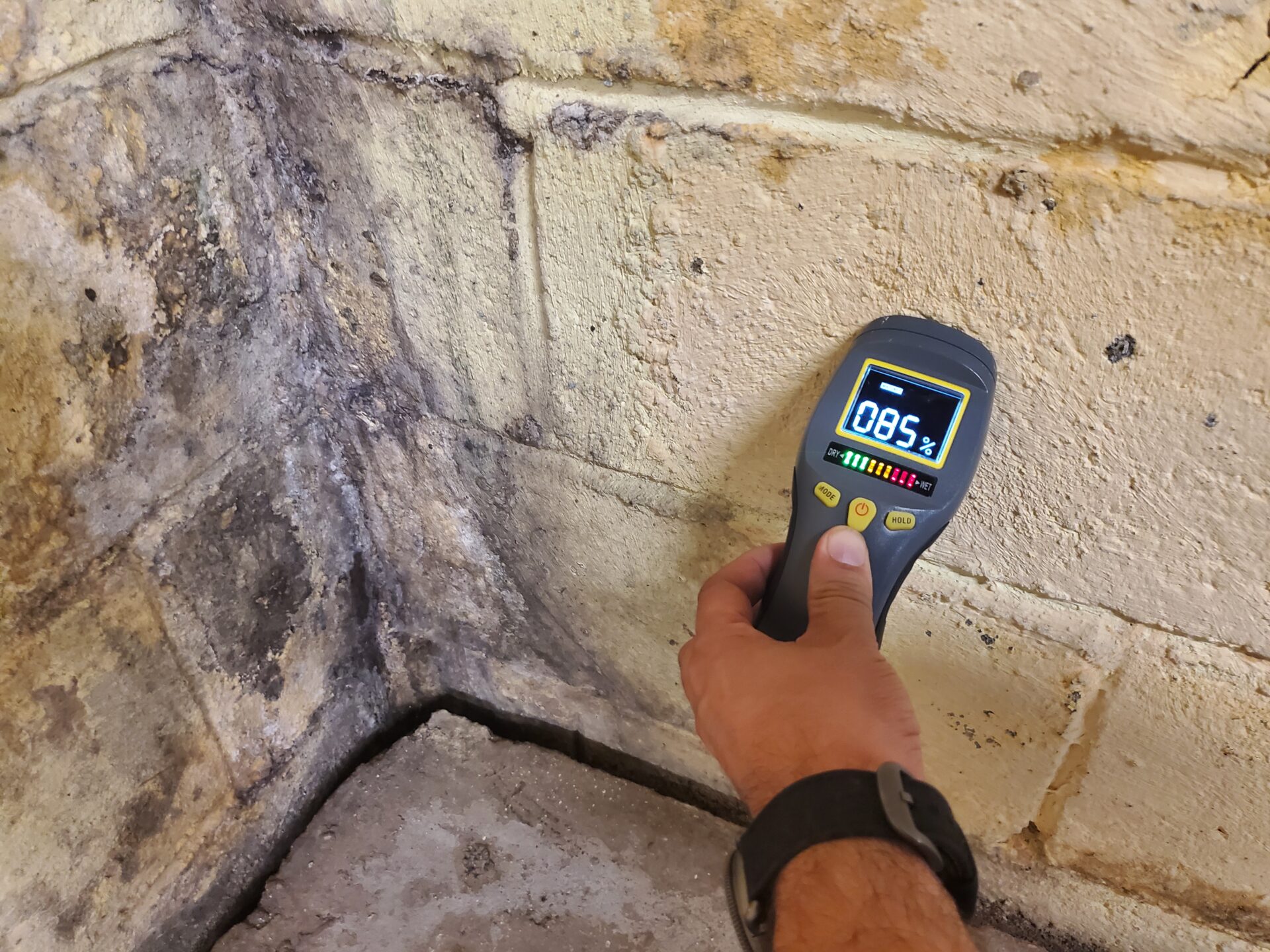Water accumulation in or around your home can lead to many negative outcomes for both the structural integrity and residents of the property. Water buildup slowly deteriorates the foundation and can lead to severe foundation damage. Standstill water also results in mold growth; mold is dangerous to humans because it can lead to severe allergies and other respiratory issues. Waterproofing your home is the best way to ensure that both your property and its residents are safe.
What is Waterproofing?
Making a property water resistant means ensuring that the foundation of the home is protected against water damage caused by pooling water in, under, or around the foundation. This can be done both externally and internally; by doing both you are protecting your structure from all possible ways that water can intrude.
External Waterproofing
Water intrusion is usually a sign that the external waterproofing is not working efficiently. Exterior waterproofing is usually done before any water has entered the foundation; it’s a preventative step so that it does not happen. It’s more expensive than interior waterproofing; however, it’s the method that will save you the most money because it helps you avoid serious foundation damage. Professionals suggest this method because it stops moisture issues at the source. Ensuring that your foundation stays dry is vital for the health and well-being of your property.
There are various methods for external waterproofing:
Proper Placement of Gutters and Downspouts– This is the first line of defense against water intrusion. Gutters and downspouts that are working effectively collect water and lead it away from the foundation. Property owners should verify that these are placed correctly and that they are not clogged.
Wrapping a waterproof membrane around the foundation walls– The purpose of this method is to keep out the moisture and make sure that your concrete foundation does not absorb it. Water absorbed by foundation walls can severely weaken them and result in serious damage.
Installing an External French Drain System– This method is a bit more costly. It requires excavation around the foundation of the home to install tiles that are meant to carry water away from the structure. Though more costly, it’s a good system to have in place to avoid any moisture damage caused to the property that can later cost you thousands in repairs.
Interior Waterproofing
Interior waterproofing is typically done once water has leaked into the foundation.This method is less expensive and less intrusive, but it shouldn’t be used by itself because it does not treat the root of the problem.
There are various methods for internal waterproofing:
Crack Injections- Concrete foundations sometimes suffer cracking after normal settling of the home. In these cases, the cracks enable water entry into the foundation. Injecting the cracks with expanding Polyurethane fills the cracks completely and prevents future cracks from occurring while keeping the water out of the basement.
Waterproof Paint- A latex-based waterproof paint can be applied to the foundation walls. This paint is meant to create a barrier to hold back any moisture present. This is not a solution to the problem, but it can hold back some moisture and give you time while you resolve the core issue.
Installing a Sump Pump/internal French Drain System- Drainage systems that are installed inside the basement collect water and redirect that water to a sump pit. A sump pump will then automatically push the water out and away from your foundation.
Taking care that your foundation stays dry always is essential for the health of any structure. Property owners have various method options available to them, but consulting with a professional will help tackle the problem at its root and prevent further costly repairs.


